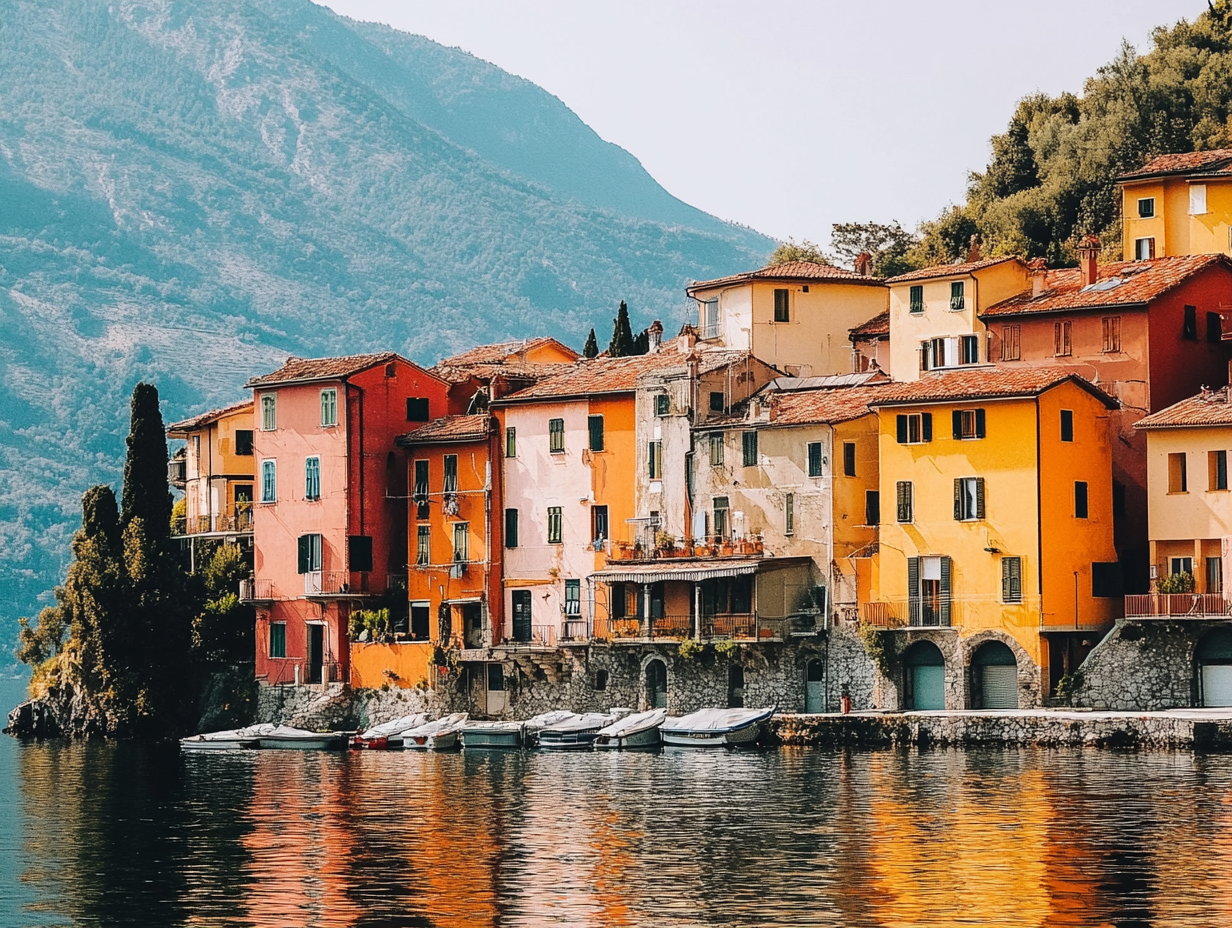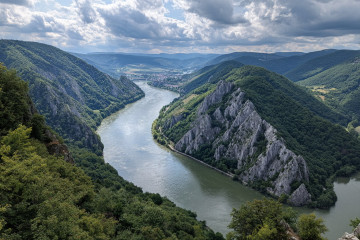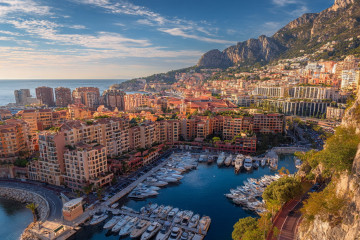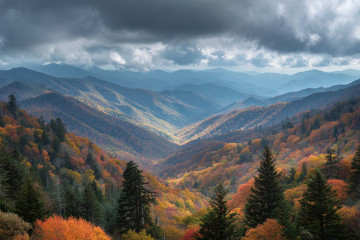Here’s when to plan a trip for fewer crowds, lower prices, and good weather.
When you think of an Italian vacation, what comes to mind? Perhaps you picture Rome’s historic attractions, Tuscany’s idyllic vineyards, or Milan’s fancy hotels and shopping. No matter what part of Italy you want to experience, though, you’ll need to know the best times to visit. Spring and fall are generally regarded as the sweet spots for fewer crowds, better weather, and shoulder season deals, but each season has benefits and drawbacks. While some regions have their own peak and off-seasons, here’s a general breakdown of the tourism calendar:
- High Season: May to September
- Shoulder Seasons: March to April and October to November
- Low Season: December to February
In this guide, we’ll walk you through the best (and worst) times to visit Italy, covering all the angles from climate to crowds.
Best Times to Visit Overall
Summer in Italy is the stuff that dreams are made of, but it’s also when temperatures, crowds, and prices are highest, especially in popular spots like Rome. For a “best of all worlds” trip, mid-to-late spring (April and May) or early-to-mid fall (late September through October) are ideal, with pleasant weather, lower prices and foot traffic, shorter lines at top attractions, and more availability at hotels. If you do plan to visit in summer, book accommodations and activities well in advance. The best time to visit also varies by region, and some visitors may want to plan a trip around specific festivals, like Venice’s legendary Carnival (usually in late February and early March), or heading to wine country for the fall harvest.
Best Times to Visit for Smaller Crowds
Not long ago, Italy’s busy season only lasted around three months from June to August, with low or moderate traffic for most of the year. But now, it’s become such an in-demand destination that its high season stretches all the way from May to September.
Because of this, winter is the best time to avoid crowds. Many visitors to Italy are seeking a warm, sunny Mediterranean vacation, and the country’s winter climate—with temperatures in the 40s and 50s in the south and snowy conditions in the north—isn’t conducive to those plans. Unless you’re headed to a Dolomites ski town like Cortina D’Ampezzo, a winter trip to Italy will likely mean uncrowded hotels and piazzas with plenty of elbow room.
If you want to avoid the winter weather and don’t mind some crowds, spring and fall are ideal times to visit as well, especially for popular destinations like Rome and Florence. During these shoulder seasons, museums and historic sites usually have shorter lines and more availability than in the summer.
Best Times to Visit for Good Weather
“Good weather” generally refers to bountiful sunshine and balmy temperatures, which Italy delivers in spades during the warmer months. But Europe’s evolving climate is having an impact on Italian summers. Certainly, sun-seekers will still find plenty to enjoy, with warm, largely rain-free weather, but soaring temperatures can make July and August uncomfortable in some regions. Temperatures above 100 degrees are increasingly frequent in southern cities like Rome and Naples, so heat-sensitive travelers may want to avoid the peak of summer in these areas.
For fair weather and sun-bathed beaches without sky-high heat indices, Italy’s best seasons are late spring and early fall. Months like May and September offer temperatures in the 70s and 80s throughout much of the country’s south, making conditions ideal for sunbathing, swimming, and taking walking tours through historic towns and cities.
In northern Italy, conditions typically remain pleasant for the duration of the summer, particularly if you’re near water or at a high elevation. A getaway to Venice or Lake Como, for instance, can see temperatures in the 60s and 70s, even during June, July, and August.
Best Times to Visit for Lower Prices
Prices in Italy tend to move in tandem with the seasons. When there are lots of visitors, prices are high, and when tourist numbers taper off, so do the costs of airfare and accommodations. If you hope to score a deal on flights or hotel rooms, aim for the quieter period between October and April. This is especially true in popular cities like Rome and Florence. While these urban areas can be pricey and packed at any time, things do slow down in winter.
Of course, there are other ways to save money on your Italian vacation besides just aiming for the off-season. Keep an eye out for flight deals, or check out cruise packages that can help you avoid expensive hotels and flights. Finally, consider traveling off the beaten path to the small towns, quaint villages, or overlooked regions and areas like Molise that most tourists skip—even during busy periods, these can make for affordable vacations.
Best Times to Visit by Region
Best Times to Visit the Italian Coast
Spring, summer, and autumn are often heralded as the best times to head to the beach in Italy. But late spring and summer can be especially crowded as schools let out for summer vacation and Italians take time off in August. Umbrella and beach chair rental prices are exorbitant, and the beaches, especially along the Amalfi Coast and in Cinque Terre, can get congested and noisy. Look instead to lesser-known coastal destinations like the island of Elba or smaller villages near the sea, like Terlizzi in Puglia, for access to quieter beaches with warm waters.
Best Times to Visit Italy’s Wine Country
Early spring and early fall can be ideal times to visit Italy if you hope to explore wine regions like Tuscany. The grape harvest occurs each September and October (exact dates vary from year to year), so this can be a fun time for wine lovers, especially with harvest festivals like Tuscany’s Expo Chianti Classico.
In the spring, the rolling hills are bright green, and many festivals celebrating seasonal foods take place throughout the region, like the Artichoke Festival in the town of Chiusure near Siena, or Terricciola’s Strawberry Festival. Just be aware that the towns can get crowded the week before Easter when religious parades and celebrations take over.
Best Times to Visit the Dolomites
If you dream of seeing the stunning Dolomites in northeastern Italy, we have good news. The destination is worth visiting year-round, with plenty of things to do. Hit the ski slopes in winter, tour historic castles, or spend summer hiking and taking in the mountain views on soaring cable car rides. However, many of the hotels and resorts in the Dolomites close during the spring and fall shoulder seasons, so prepare in advance if you plan to visit during those months.
Worst Times to Visit
Italy is a beautiful destination year-round, but if you want to avoid packed tour buses, long museum lines, and extreme heat, you probably don’t want to plan a summer getaway to Rome, Venice, or Florence. Venice hosts one of the best Carnival festivals in the world, but the celebration—typically in late February and early March—also brings premium-priced hotels and swarms of mask-wearing revelers.
Tuscany can also be tricky for solitude-seeking travelers, given its mass popularity. Cities like Siena and medieval hilltop towns like San Gimignano can be full of tourists in the summer and autumn, so try planning your trip for the winter or spring to see slightly smaller crowds.
No matter where you’re going, be sure to take note of any major local holidays planned during the dates of your visit. For example, Christmas is a beautiful time to explore Italy thanks to charming holiday markets and festive decor, but some shops and attractions will be closed or have restricted hours. Easter pilgrimages, meanwhile, are beloved among Catholic travelers wanting to see the Vatican—but their popularity also means that prices will be higher and crowds larger during Holy Week.
Many businesses shut down for vacation around the Italian holiday of Ferragosto, celebrated on August 15. Italians tend to take their own vacations during August as well, so you’ll need to be flexible if you plan to travel then, as businesses can be closed.



